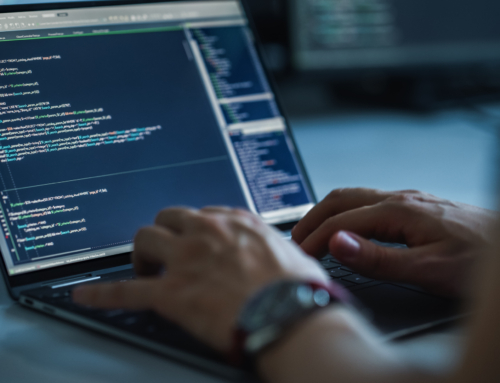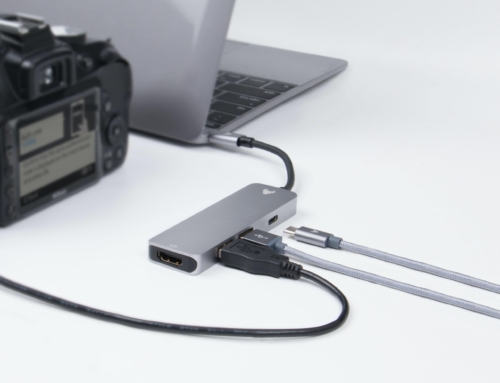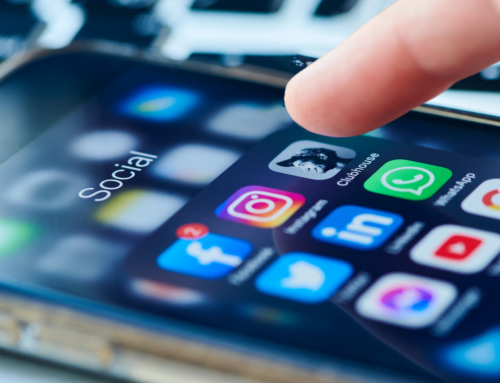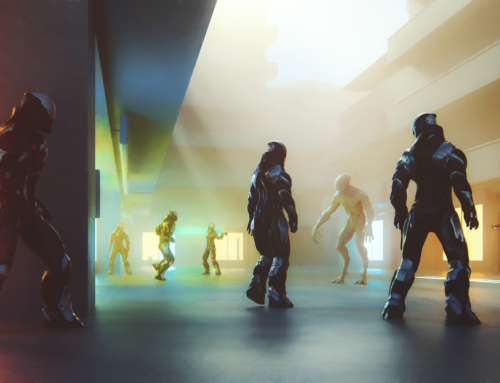AI art, or art created using artificial intelligence, refers to the use of machine learning algorithms to generate original artwork. These algorithms can be trained on a dataset of images, text, or other data, and then used to generate new, original artwork based on the patterns and features learned from the training data.
There are a few different ways that AI art can be created. One common approach is to use a neural network, a type of machine learning algorithm that is inspired by the structure and function of the human brain. Neural networks can be trained on a large dataset of images or other data, and then used to generate new artwork based on the patterns and features learned from the training data.
Another approach to creating AI art is to use generative models, which are algorithms that can generate new data based on a set of input parameters. For example, a generative model might be trained on a dataset of images of landscapes, and then used to generate new landscapes based on user-specified parameters such as color scheme or time of day.
To create AI art, an artist or developer typically first needs to select or create a dataset of images or other data to use for training the machine learning algorithm. This dataset should be large and diverse enough to allow the algorithm to learn a wide range of patterns and features. The artist or developer then needs to choose or design an appropriate machine learning algorithm, such as a neural network or generative model, and train it on the dataset.
Once the machine learning algorithm is trained, the artist or developer can use it to generate new artwork by providing it with input data or adjusting various parameters or settings. The generated artwork will be based on the patterns and features learned from the training data, but will be original and unique due to the randomness and variability inherent in the machine learning process.
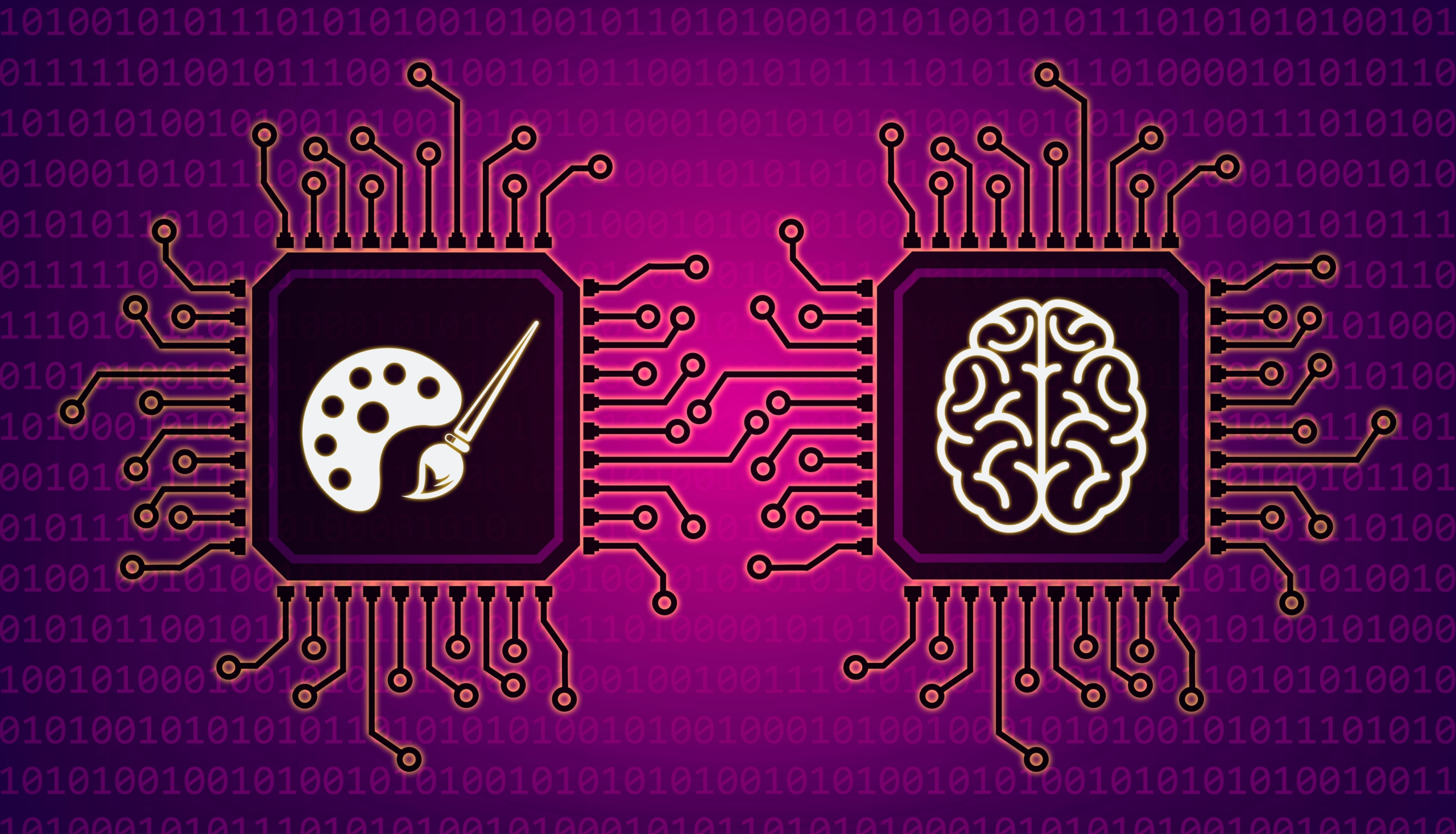
AI Generated Image
There are many potential applications for AI art, including creating original artwork for use in advertising, film, and video games, as well as for artistic expression and exploration. However, it is important to keep in mind that AI art is still in its early stages and has certain limitations in terms of the quality and complexity of the generated artwork. As the field of artificial intelligence and machine learning continues to advance, it is likely that AI art will become increasingly sophisticated and capable of generating more complex and realistic artwork.
What type of input do AI art apps require?
One of the key features of AI art apps is their ability to incorporate user input or preferences into the generated artwork. This allows users to have some level of control over the final product, whether it be through providing specific images or text as input, adjusting various parameters or settings within the app, or both. For example, a user might provide a landscape photograph as input to an AI art app, and then adjust settings such as color scheme or brush stroke style to influence the generated artwork.
In terms of style and medium, AI art apps can handle a wide range of variations. Some apps may specialize in generating specific types of art, such as paintings or drawings, while others may be more versatile and able to generate a range of styles and media. For example, an AI art app might be trained on a diverse dataset of paintings and drawings in order to generate a wide range of styles and media.
What About the Legality of AI Art?
Copyright and intellectual property issues can be a concern with AI art apps, as the generated artwork may include elements from various sources. To address these issues, some apps may include terms of service or other legal agreements outlining how generated artwork may be used and shared. Others may rely on users to ensure that they are not infringing on any copyrights or intellectual property rights when using the app. It is important for users to familiarize themselves with the terms and conditions of any AI art app they use, and to respect the intellectual property rights of others when using the app.
Despite their increasing popularity and capabilities, it is important to keep in mind that AI art apps do have limitations in terms of the quality and complexity of the generated artwork. These apps may not be able to generate artwork that is as high quality or as complex as what a human artist could create. However, as the field of AI and machine learning continues to advance, AI art apps are likely to become more sophisticated and capable of generating more complex and realistic artwork.
Overall, AI art apps offer a unique and interesting way for people to create and experience art, but it is important to understand their limitations and potential ethical considerations. As with any tool, it is up to the user to decide how to use and interact with these apps in a responsible and respectful manner. In the future, it is likely that AI art apps will continue to evolve and improve, incorporating new machine learning techniques and algorithms, incorporating more diverse training data, and responding to user feedback and requests. As the capabilities of AI art apps continue to improve, they may become increasingly useful and popular among artists and art enthusiasts alike.
Want to become more versed in tech?
Woz U is here to help with the training needed to begin that journey. When you want to begin the journey and new career, WOZ Partner Institutions is here to help. With 10 courses over the course of 33 weeks, you can start your journey in no time. Contact us to begin in tech.

